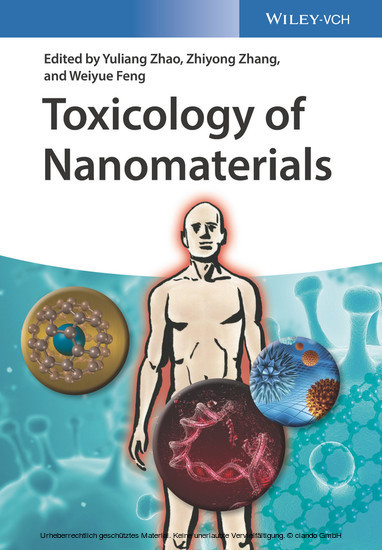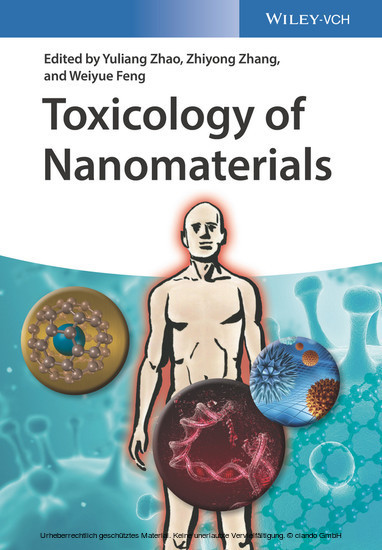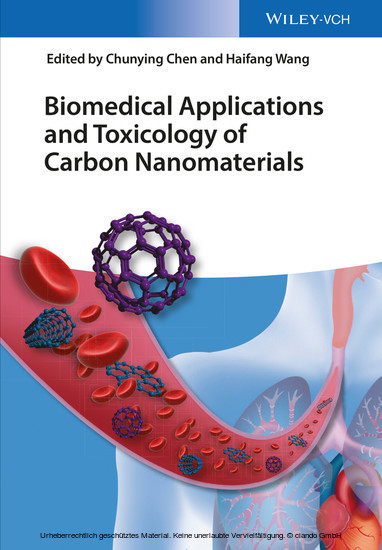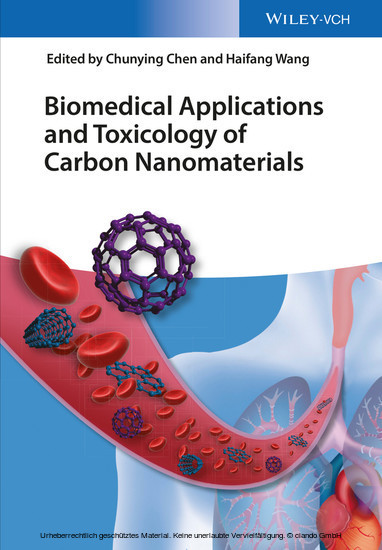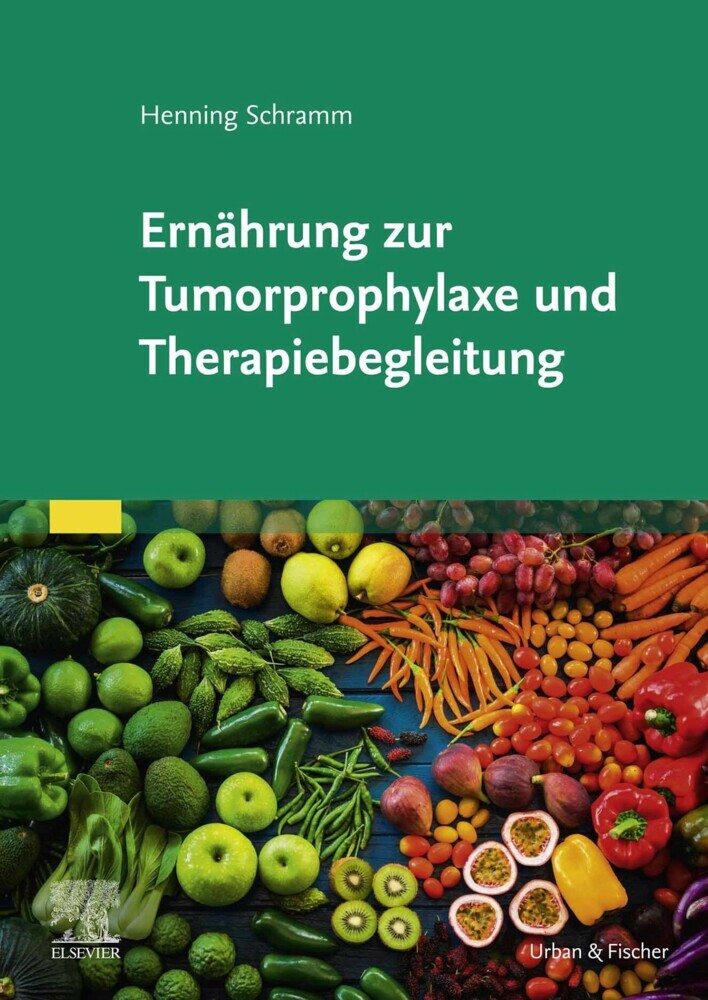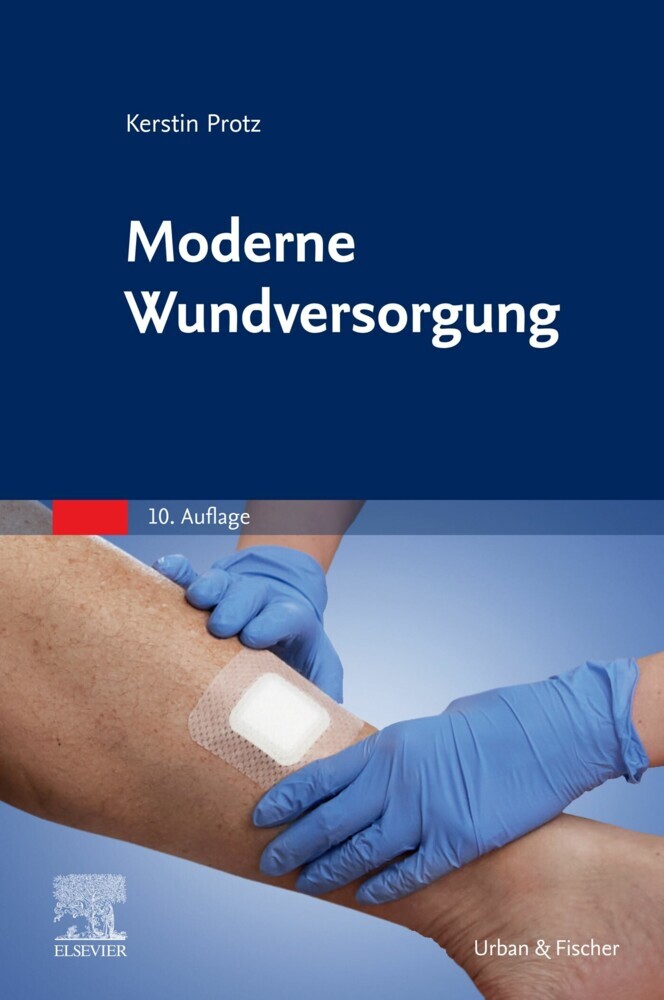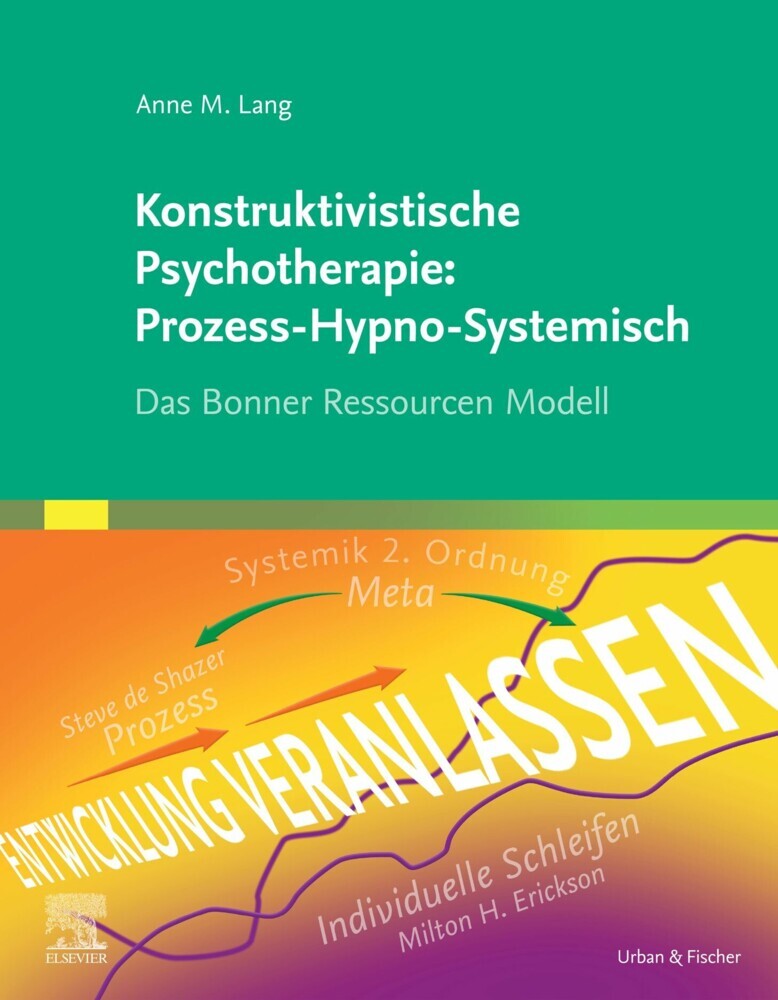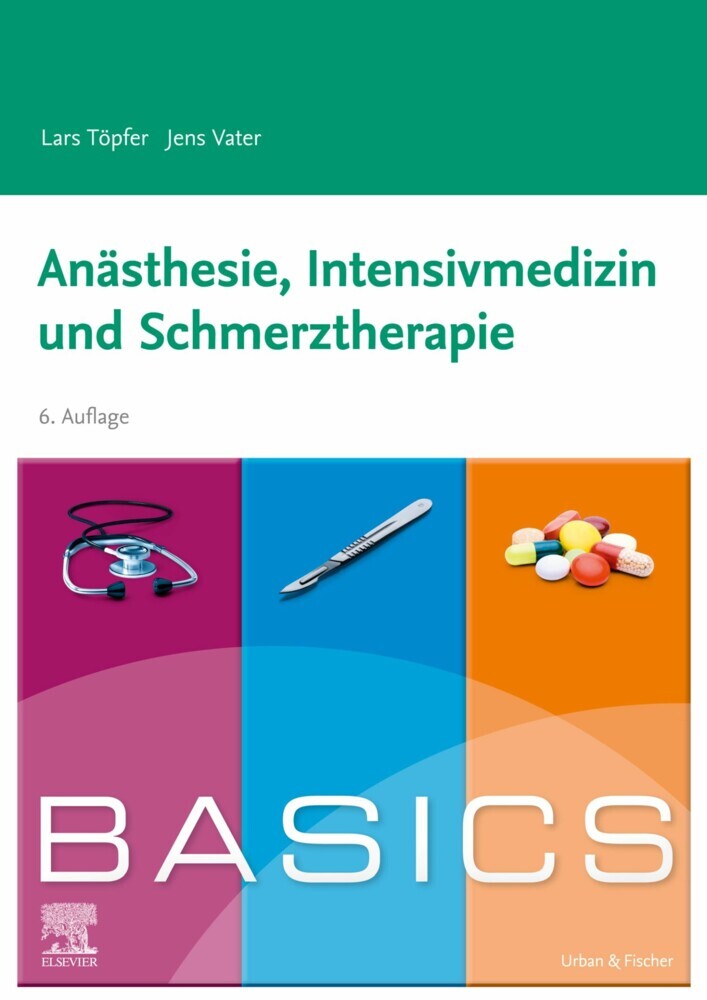Toxicology of Nanomaterials
This book provides the reader with a comprehensive view of analytical methods for nanotoxicology studies. After an introduction to nanomaterials and toxicological studies, the book discusses various characterization methods of nanomaterials and continues with the detection of nanoparticles in vivo as well as in vitro. A variety of techniques in molecular toxicology of nanomaterials is presented, followed by a detailed explanation of interaction between nanoparticles and biomacromolecules, including the structure-toxicity relationships of nanomaterials. Finally, the book concludes with the advantages and challenges of the analytical methods for nanotoxicology.
Zhiyong Zhang holds a PhD in radiochemistry from Beijing University, China. He is a professor and a scientific leader in environment health and safety at the Chinese Academy of Sciences in the Key Laboratory for Biomedical Effects of Nanomaterials and Nanosafety. His current research interests are in coordination chemistry, bioinorganic chemistry, and environmental chemistry of rare earth elements, as well as toxicology and ecotoxicology of nanomaterials.
Weiyue Feng graduated from Fudan University of Applied Chemistry, China, in 1989 and received her PhD from the Institute of High Energy Physics, Chinese Academy of Sciences, in 1998. She is currently professor of inorganic chemistry and biological chemistry. Her primary fields of research include chemical biology, metallomics and metalloproteins as well as biological and toxicological studies of nanomaterials.
Yuliang Zhao is Professor in Chemistry and Physics. He moved to Chinese Academy of Sciences from RIKEN, Japan, as a Hundred Elite Professor in 2001. His research is mainly focused on the biomedical effects of nanostructures and nanoscale materials, including the biomedical functions of nanomaterials, the toxicological effects of nanomaterials and establishing standard procedures for safety assessment of nanoproducts, surface chemistry of nanoparticles and their novel properties, and molecular dynamics using theoretical simulation of the dynamic processes of the interplay between nanosystems and biosystems.
Zhiyong Zhang holds a PhD in radiochemistry from Beijing University, China. He is a professor and a scientific leader in environment health and safety at the Chinese Academy of Sciences in the Key Laboratory for Biomedical Effects of Nanomaterials and Nanosafety. His current research interests are in coordination chemistry, bioinorganic chemistry, and environmental chemistry of rare earth elements, as well as toxicology and ecotoxicology of nanomaterials.
Weiyue Feng graduated from Fudan University of Applied Chemistry, China, in 1989 and received her PhD from the Institute of High Energy Physics, Chinese Academy of Sciences, in 1998. She is currently professor of inorganic chemistry and biological chemistry. Her primary fields of research include chemical biology, metallomics and metalloproteins as well as biological and toxicological studies of nanomaterials.
Yuliang Zhao is Professor in Chemistry and Physics. He moved to Chinese Academy of Sciences from RIKEN, Japan, as a Hundred Elite Professor in 2001. His research is mainly focused on the biomedical effects of nanostructures and nanoscale materials, including the biomedical functions of nanomaterials, the toxicological effects of nanomaterials and establishing standard procedures for safety assessment of nanoproducts, surface chemistry of nanoparticles and their novel properties, and molecular dynamics using theoretical simulation of the dynamic processes of the interplay between nanosystems and biosystems.
1;Cover;1 2;Title Page;5 3;Copyright;6 4;Contents;7 5;List of Contributors;17 6;Preface;21 7;Abbreviations;23 8;Chapter 1 Characterization of Nanomaterials in Nanotoxicological Analyses;27 8.1;1.1 Introduction;27 8.2;1.2 Size and Morphology of NMs;28 8.2.1;1.2.1 Transmission Electron Microscopy (TEM);28 8.2.2;1.2.2 Scanning Electron Microscopy (SEM);29 8.2.3;1.2.3 Scanning Tunneling Microscopy (STM);29 8.2.4;1.2.4 Atomic Force Microscopy (AFM);30 8.2.5;1.2.5 Dynamic Light Scattering (DLS);31 8.2.6;1.2.6 X-ray Diffraction (XRD);31 8.2.7;1.2.7 Small-Angle X-ray Scattering (SAXS);32 8.2.8;1.2.8 Brunauer-Emmett-Teller (BET);33 8.2.9;1.2.9 Raman Scattering (RS);33 8.3;1.3 Composition and Structure;34 8.3.1;1.3.1 Absorption and Emission Spectroscopy;35 8.3.2;1.3.2 Mass Spectrometry (MS);35 8.3.3;1.3.3 X-ray Fluorescence Spectrometry (XRF);36 8.3.4;1.3.4 Nuclear Magnetic Resonance (NMR);37 8.3.5;1.3.5 X-ray Absorption Spectroscopy (XAS);37 8.4;1.4 Surface Properties;38 8.4.1;1.4.1 Surface Area;38 8.4.2;1.4.2 Surface Charge;39 8.4.3;1.4.3 Surface Composition;40 8.4.4;1.4.4 Surface Reactivity;41 8.5;1.5 Interactions between NMs and Biological Environments;41 8.6;1.6 Conclusions;42 8.7;References;42 9;Chapter 2 Quantitative Analysis of Metal-Based Nanomaterials in Biological Samples Using ICP-MS;49 9.1;2.1 Introduction;49 9.2;2.2 ICP-MS: A Power Tool for Element Analysis;50 9.2.1;2.2.1 Unique Features of ICP-MS;51 9.2.2;2.2.2 ICP-MS Hyphenated to Separation Techniques;53 9.3;2.3 Single-Particle ICP-MS: Theory and Application;54 9.3.1;2.3.1 Basic Theory of SP-ICP-MS;55 9.3.2;2.3.2 Applications of SP-ICP-MS;57 9.4;2.4 Analysis of Nanoparticles by ICP-MS Hyphenate Techniques;59 9.4.1;2.4.1 Solution-Based ICP-MS Hyphenated Techniques;60 9.4.1.1;2.4.1.1 Field Flow Fractionation;60 9.4.1.2;2.4.1.2 Hydrodynamic Chromatography;61 9.4.1.3;2.4.1.3 Electrophoresis;62 9.4.1.4;2.4.1.4 Laser Ablation ICP-MS for ENM Analysis;62 9.5;2.5 Conclusion and Outlook;64 9.6;References;64 10;Chapter 3 Stable Isotopic Tracing of Nanomaterials In Vivo;69 10.1;3.1 Introduction;69 10.2;3.2 Development of Stable Isotope Labeling in Nanotechnology;71 10.3;3.3 13C-Labeled Carbon Nanomaterials;72 10.3.1;3.3.1 Structure and Formation Mechanisms for Fullerene;72 10.3.2;3.3.2 Trace and Quantification In Vivo for Fullerene;76 10.3.3;3.3.3 Quantification and Distribution of 13C-CNT and Carbon Particles;78 10.3.4;3.3.4 Isotope Effects and Imaging of 13C-CNT;79 10.3.5;3.3.5 Structure and Formation of 13C-Enriched Graphene Nanomaterials;79 10.4;3.4 Metal Stable Isotope Labeled Nanoparticles;82 10.4.1;3.4.1 Trace and Quantification of ZnO Nanoparticles in Nanotoxicology and Ecotoxicology;82 10.4.2;3.4.2 Trace and Quantification of CuO Nanoparticles in Nanotoxicology and Ecotoxicology;85 10.4.3;3.4.3 Other Stable Isotopes for Tracing and Quantifying Nanomaterials In Vivo;86 10.4.4;3.4.4 Other Stable Isotopes for the Structure and Reaction of Nanomaterials;86 10.5;3.5 Summary and Outlook;87 10.6;References;87 11;Chapter 4 Radiolabeling of Nanoparticles;95 11.1;4.1 Introduction;95 11.1.1;4.1.1 Radioisotope Production;96 11.1.2;4.1.2 Radiolabeling Methods of Nanoparticles;97 11.1.2.1;4.1.2.1 Synthesis of Nanoparticles from Radioactive Precursors;97 11.1.2.2;4.1.2.2 Neutron or Ion-Beam Activation;97 11.1.2.3;4.1.2.3 Isotopic Exchange and Cation Exchange;98 11.1.2.4;4.1.2.4 Physical Absorption;98 11.1.2.5;4.1.2.5 Covalent Attachment;98 11.1.2.6;4.1.2.6 Bifunctional Chelators and Prosthetic Groups;98 11.1.3;4.1.3 Radioactivity Measurement and Nuclear Imaging;99 11.2;4.2 Radiolabeling of Nanomaterials;100 11.2.1;4.2.1 Radiolabeling of Carbon-Based Nanomaterials;100 11.2.1.1;4.2.1.1 Radiolabeling of Carbon Nanomaterials by Radioactive Carbon;101 11.2.1.2;4.2.1.2 Radiolabeling of Carbon Nanomaterials by Radioiodine;102 11.2.1.3;4.2.1.3 Radiolabeling of Fullerene Derivates by 99mTc;103 11.2.1.4;4.2.1.4 Radiolabeling of Carbon Nanomaterials by 66Ga and 67Ga;103 11.2.1.5;4.2.1.5 Radiolabeli
Zhang, Zhiyong
Feng, Weiyue
Zhao, Yuliang
| ISBN | 9783527689132 |
|---|---|
| Artikelnummer | 9783527689132 |
| Medientyp | E-Book - PDF |
| Copyrightjahr | 2016 |
| Verlag | Wiley-VCH |
| Umfang | 432 Seiten |
| Sprache | Englisch |
| Kopierschutz | Adobe DRM |

